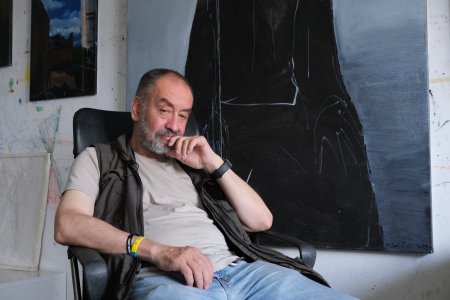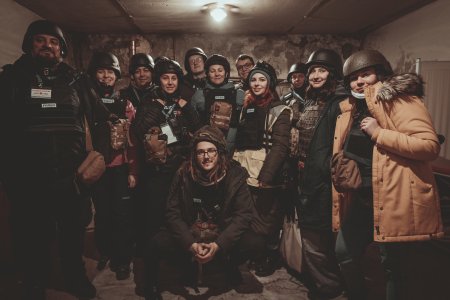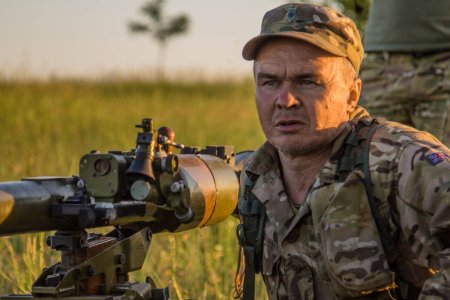How was 24 February 2022 for you?
On that day, I was driving to work. My aunt told me not to go, but I left anyway and was at work for two days. I worked in Kyiv, in a Novus supermarket. Back to Dmytrivka, I had to return on foot, as there was no other way to get there, so I walked for a day and a half. Sometimes, I stopped to rest, sat at stops, took a breath, and walked again.
What happened next?
At first, everything was more or less normal, but on 3 March, electricity and gas disappeared. Then we heard the tanks honking, and I got out and looked. Three tanks with the letters ‘Z’ and ‘V’ were driving: they drove towards the village of Kapitanivka. The next day, there were already 5 or 6 Russian tanks, and their soldiers were also walking, looking around ... In one of the large buildings in the village, they arranged housing for themselves, and somewhere 30 Russian military lived there.
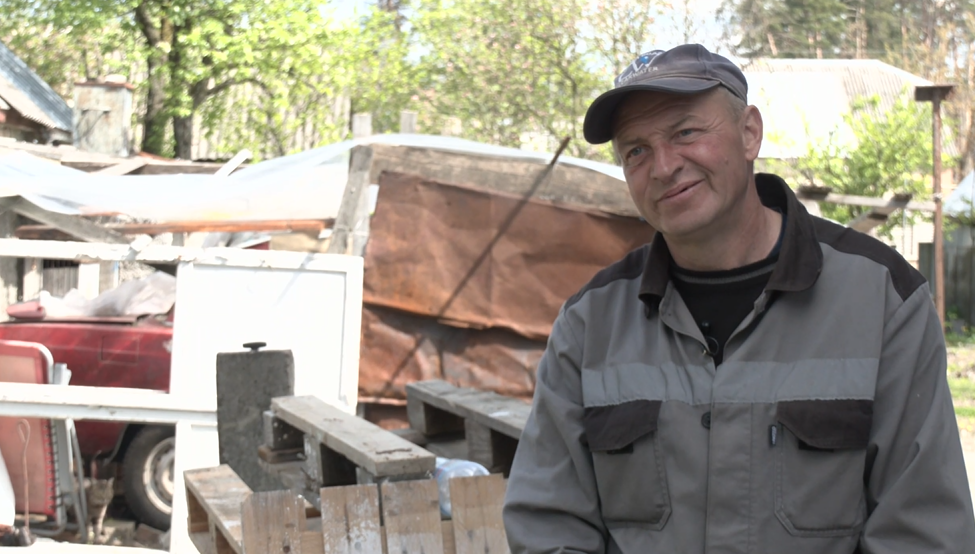
What happened in the village of Dmytrivka during the occupation?
Here, the Russians had no grievances against us. Five men and several women were left here, so they did not bother us. They once asked where to get water. They walked around for a couple of days, looked, and later, we practically didn’t see them anymore.
Was Dmytrivka heavily shelled?
There were two hits: here, the neighbor’s house caught fire, and it has already been rebuilt. It also hit my house and two more neighboring places. I did not have time to take out anything: documents, everything burned down. It was around 17-18 March.
And where were you when a shell flew into your house?
Near the neighbor’s house — I helped firefighters put out the flames. My house was bombed right in front of my eyes. In general, they fired from different sides, and we do not know who fired; we did not see artillery and tanks. We only heard the rocket flew over and fell further. They flew in different directions.
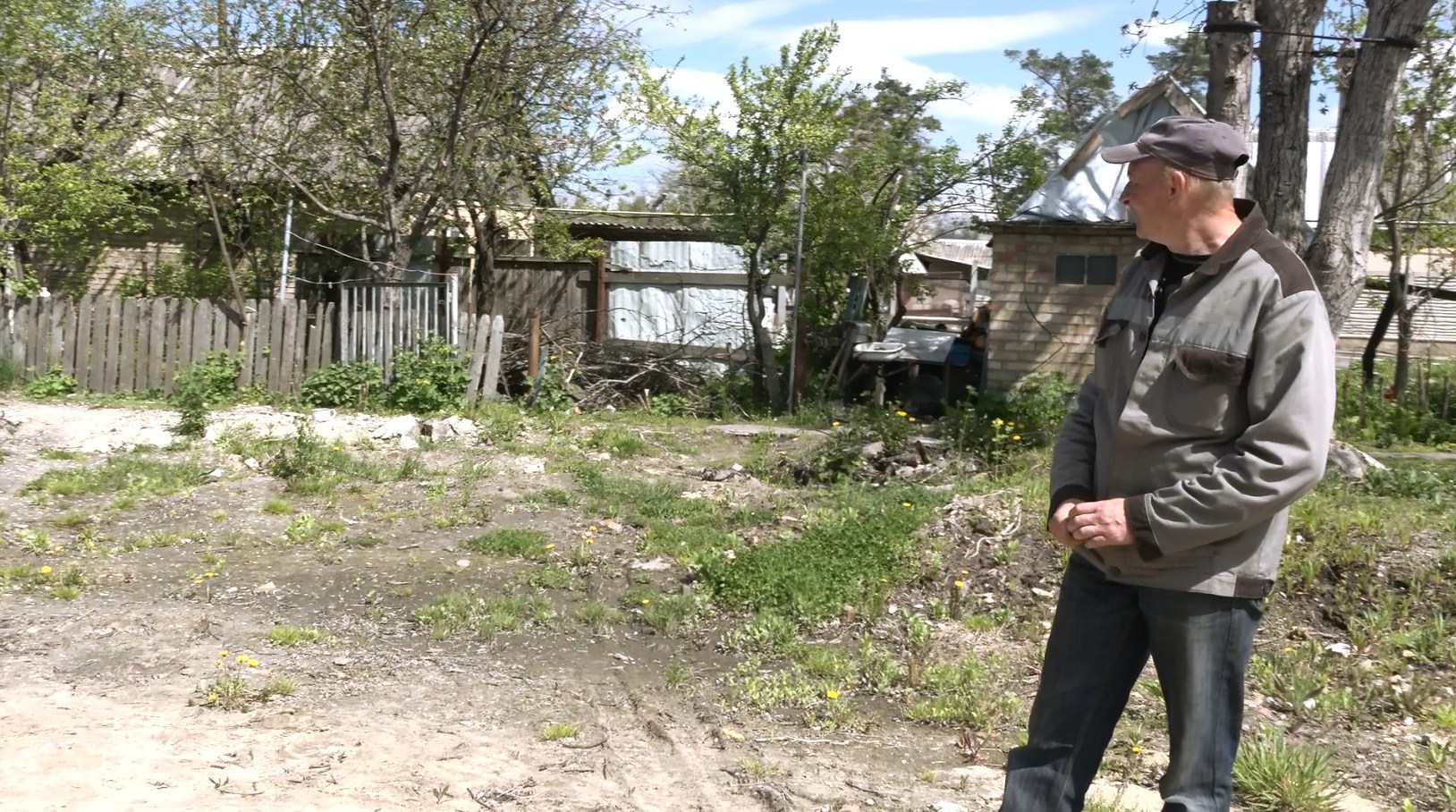
What happened in the following days?
In the following days, there were no shellings, and it was quiet, and then, on 30 March, Dmytrivka was liberated. We survived as best we could; the aunt had some preserves in the cellar, and after the release, we began to receive humanitarian aid.
Why didn’t you evacuate? Was there such a possibility?
There was an opportunity, but I just didn’t want to. I stayed here. Also, there was no financial opportunity to get out because I did not receive a salary just then — I did not have time ...
How did you bear psychologically the ordeal you had to endure?
It was a little difficult, and I was nervous. I thought about how to live, and then I adapted. They gave me a modular house. Before that, I lived with my aunt for six months, and now live in a modular home.
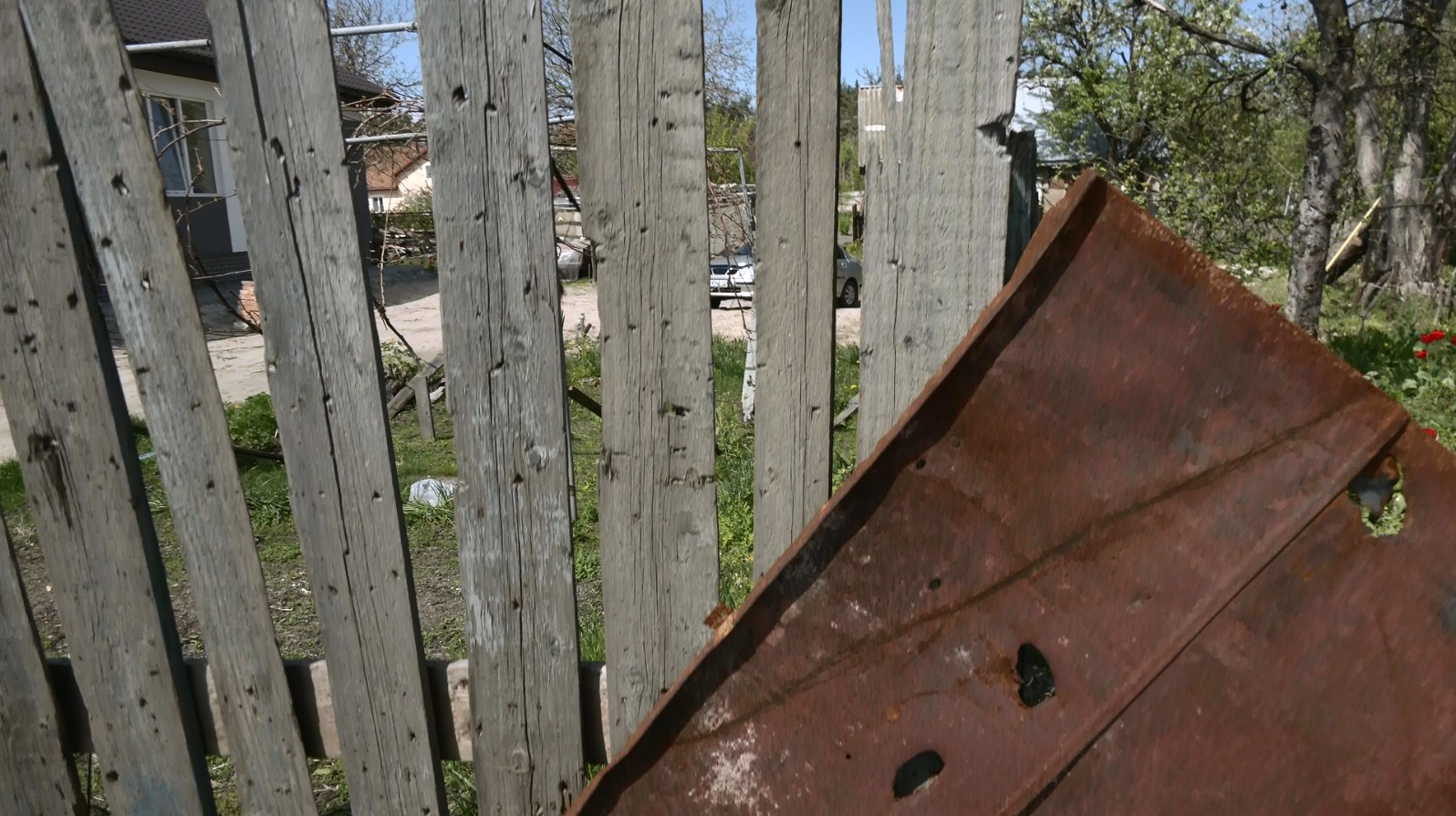
Are there many destroyed houses in Dmytrivka?
Fifteen have been destroyed, and five have already been rebuilt.
Do volunteers and the state help you?
They give humanitarian aid and a little financial help. They promised this year they would restore the destroyed houses.
What precisely of your property was damaged?
Everything. The house was completely burned down, and my brother’s car was damaged. Everything in the house burned down.
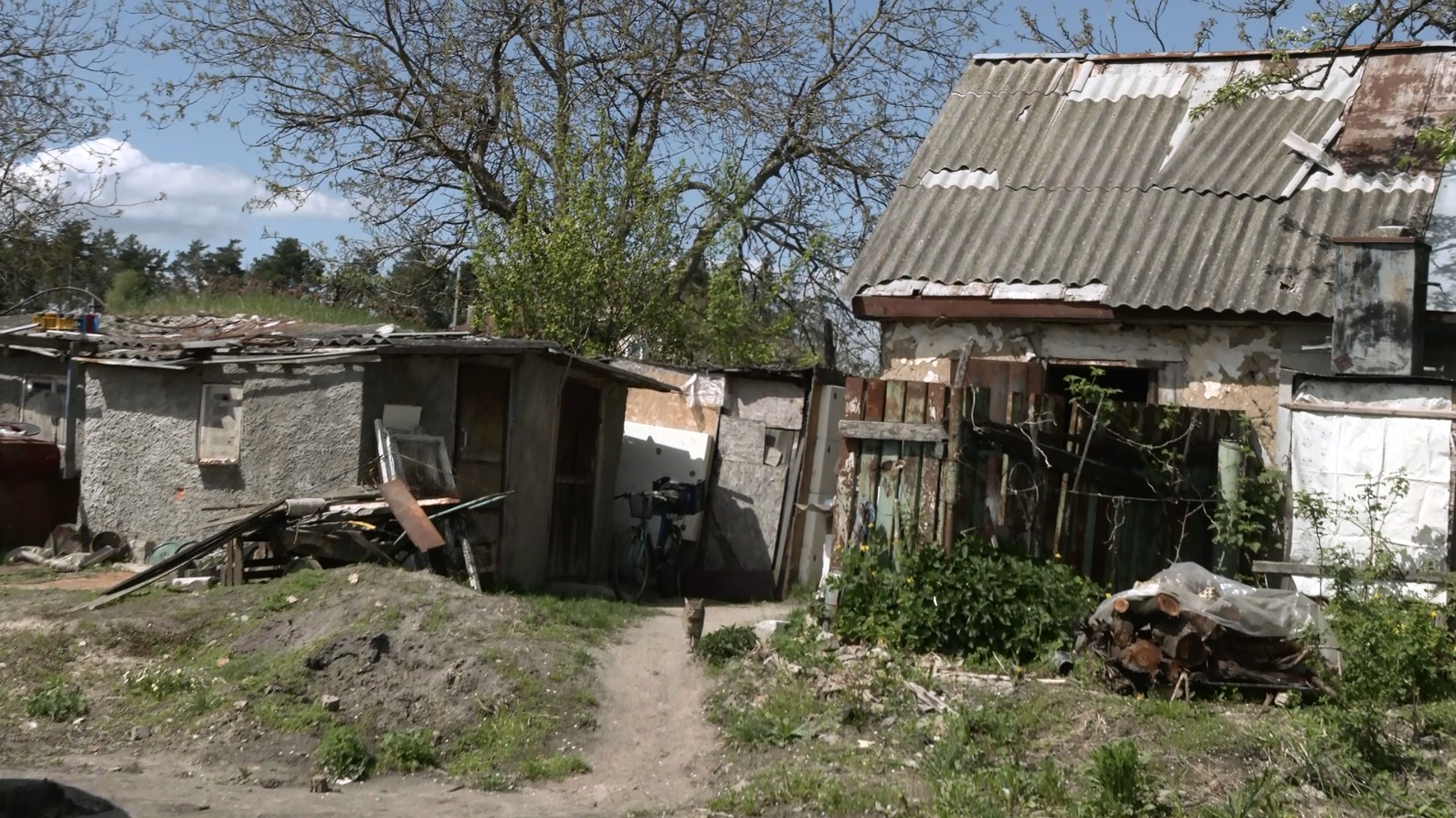
What happened in Dmytrivka after liberation?
The village head asked to help collect the corpses of the Russian military. We uploaded them in black bags onto cars, and they were taken somewhere.

